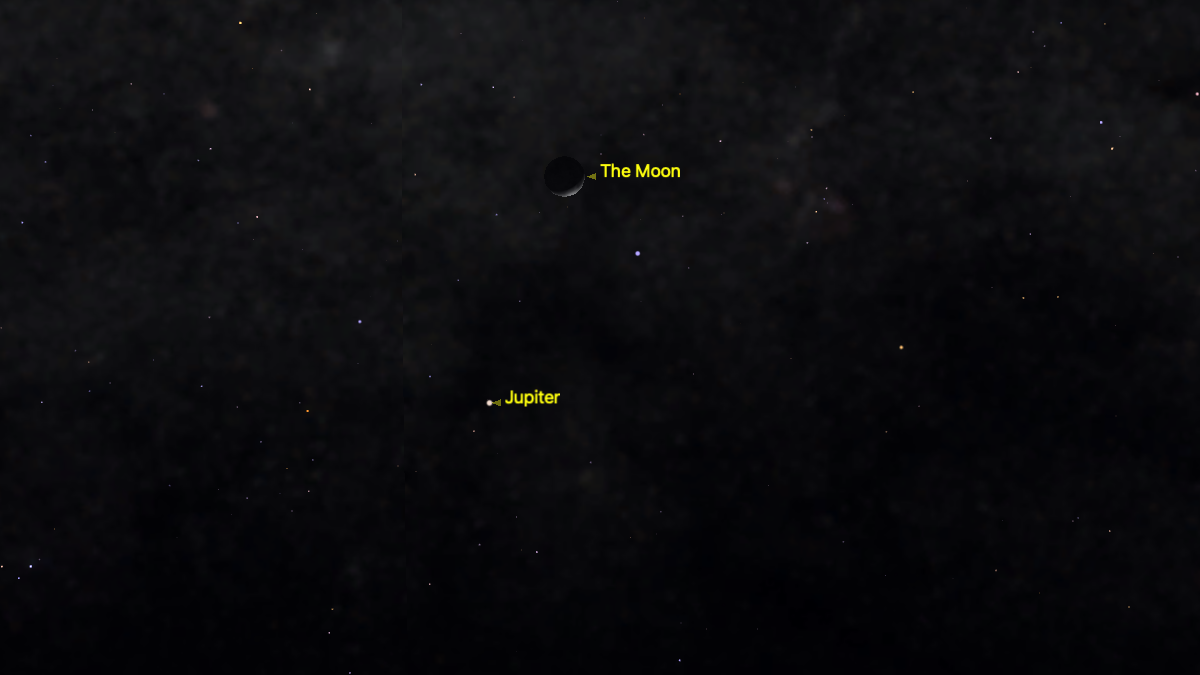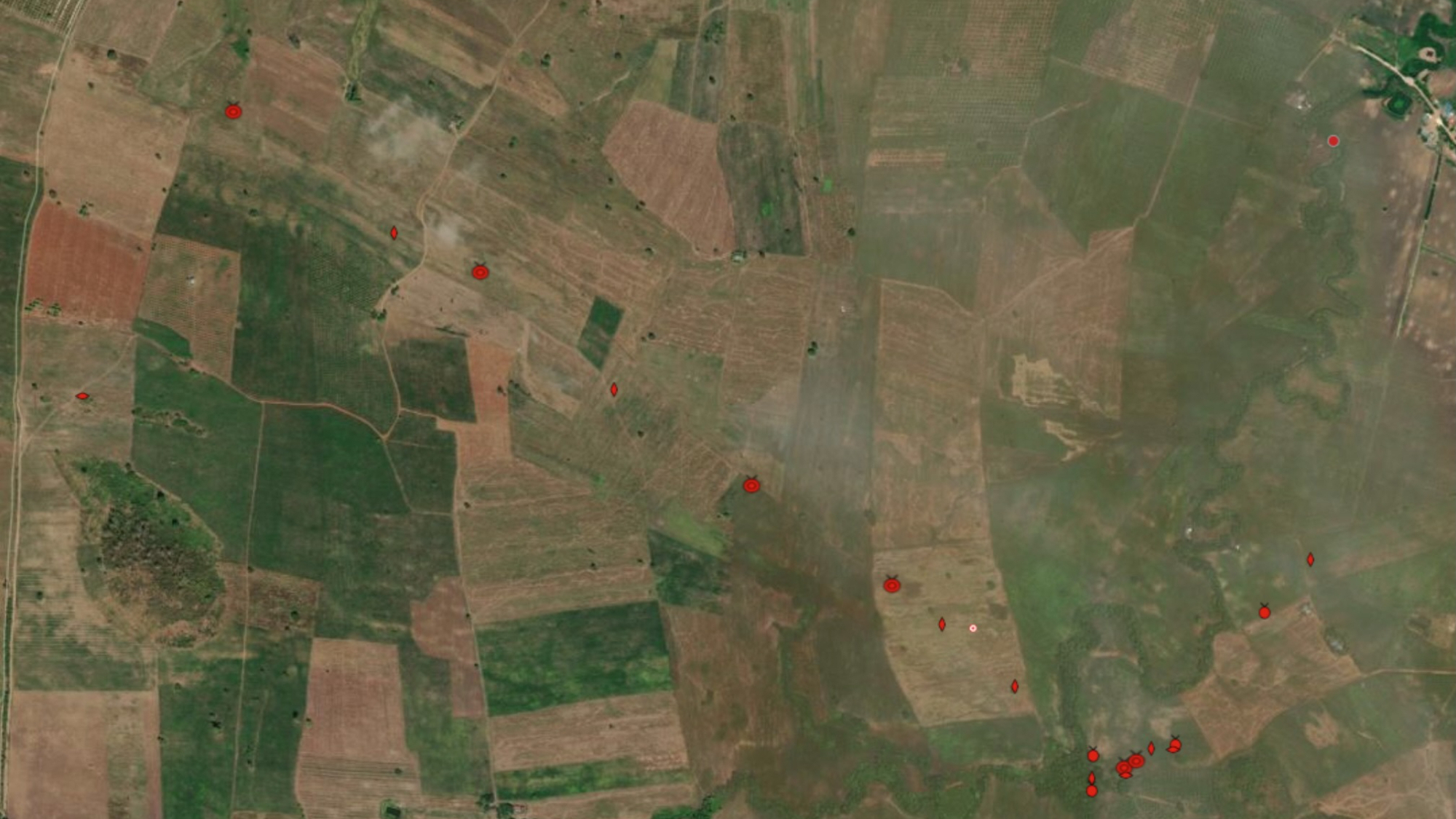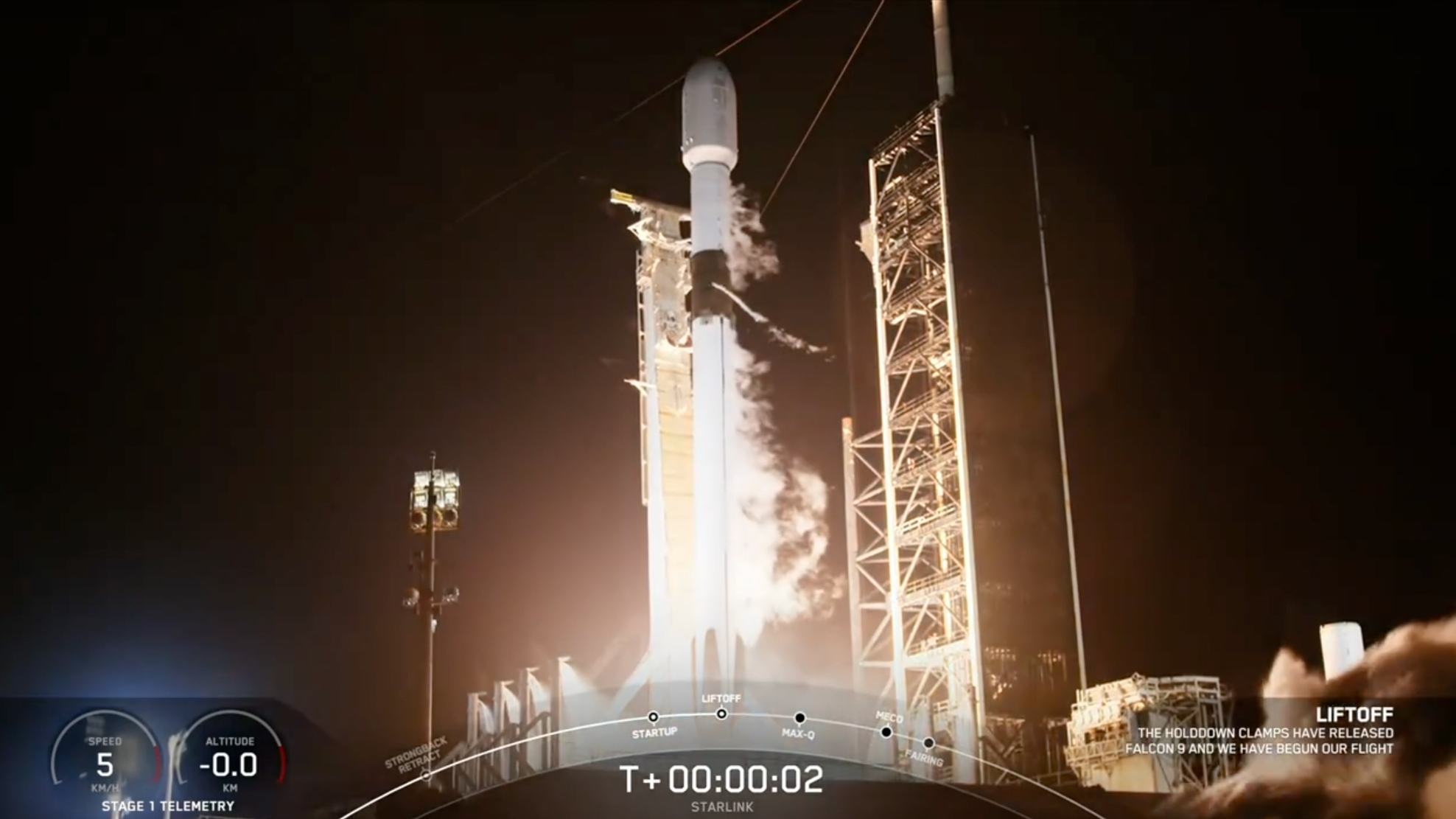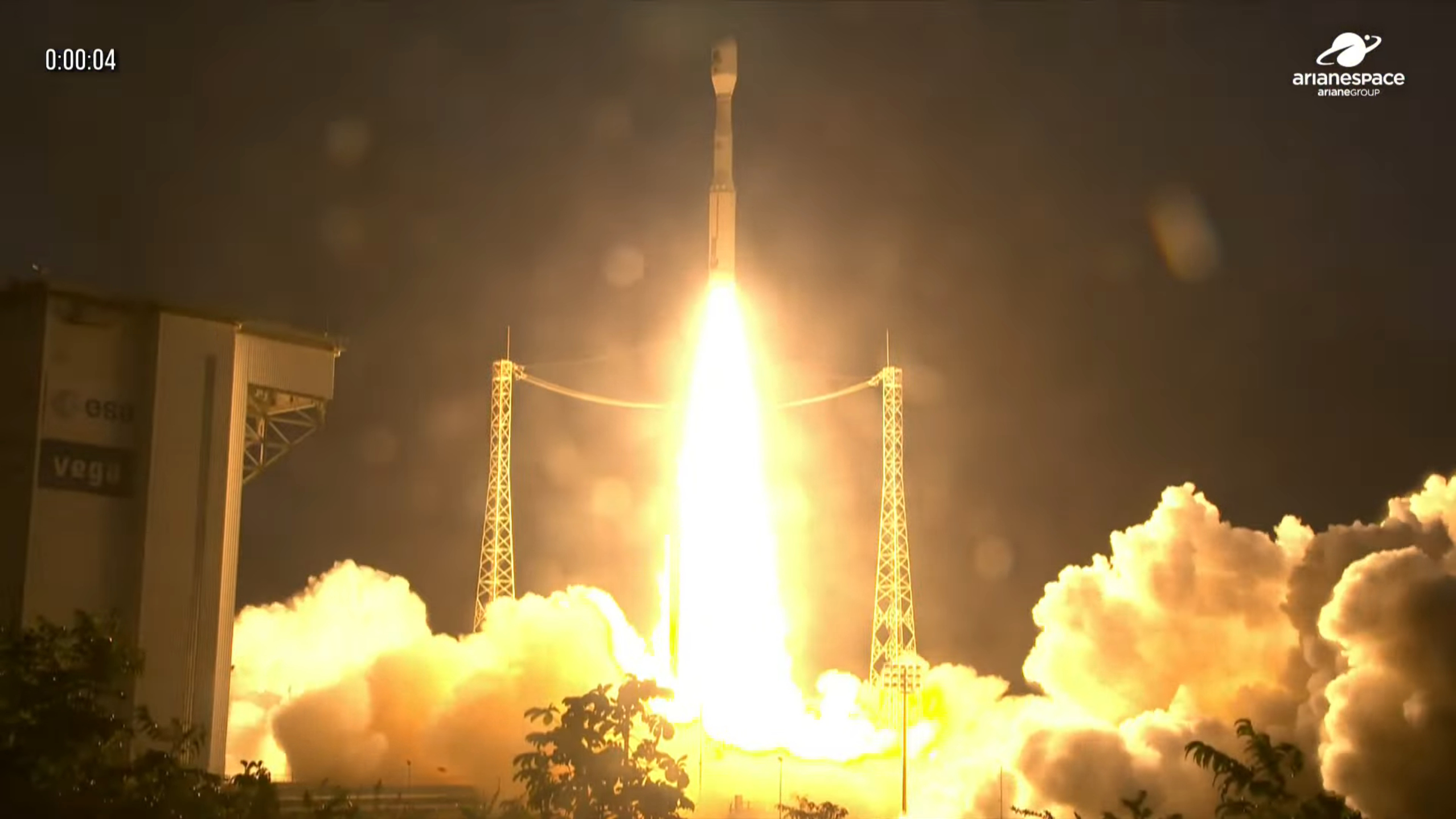The inner solar system spins much more slowly than it should. Now, scientists may know why.
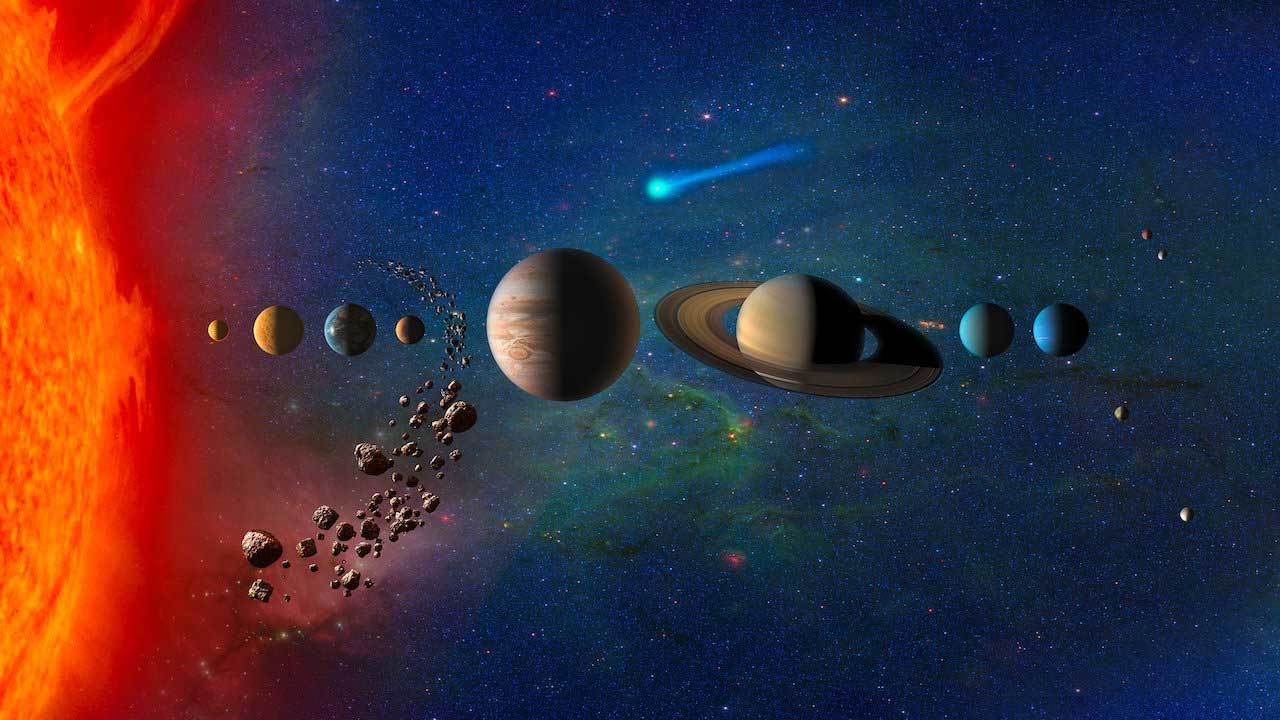
The inner solar system spins much more slowly than the laws of modern physics predict, and a new study may help to explain why.
A thin disk of gas and dust — known as an accretion disk — spirals around young stars. These disks, where planets form, contain leftover star-forming material that is a fraction of the star's mass. According to the law of conservation of angular momentum, the inner part of the disk should spin faster as the material spirals slowly inward toward the star, similar to how figure skaters spin faster when they bring their arms closer to their bodies.
However, previous observations have shown that the inner solar system — the region of the solar system that extends from the sun to the asteroid belt and includes the terrestrial planets — does not spin as fast as predicted by the law of conservation of angular momentum. Using new simulations of a virtual accretion disk, scientists at the California Institute of Technology (Caltech) have demonstrated how particles in the accretion disk interact.
Related: 25 weird and wild solar system facts
"Angular momentum is proportional to velocity times radius, and the law of angular momentum conservation states that the angular momentum in a system stays constant," the Caltech researchers wrote in a statement. "So, if the skater's radius decreases because they have drawn their arms in, then the only way to keep angular momentum constant is to increase the spin velocity."
So why is the angular momentum of the inner accretion disk not conserved? Earlier research suggested that friction between regions of the accretion disk or magnetic fields generating turbulence (and creating friction) may slow down the rotational speed of infalling gas, according to the statement.
"That concerned me," Paul Bellan, a professor of applied physics at Caltech and co-author of the study, said in the statement. "People always want to blame turbulence for phenomena they do not understand. There's a big cottage industry right now arguing that turbulence accounts for getting rid of angular momentum in accretion disks."
Get the Space.com Newsletter
Breaking space news, the latest updates on rocket launches, skywatching events and more!
To better understand angular momentum loss, Bellan studied the trajectories of individual atoms, ions and gas in an accretion disk and, in turn, how particles behave during and after collisions. While charged particles — electrons and ions — are affected by both gravity and magnetic fields, neutral atoms are affected only by gravity.
The researchers used computer models to simulate an accretion disk of 1,000 charged particles colliding with 40,000 neutral particles in magnetic and gravitational fields. They found that the interaction between the neutral atoms and a much smaller number of charged particles results in positively charged ions, or cations, spiraling inward and negatively charged particles, or electrons, moving outward toward the edge of the accretion disk. Meanwhile, the neutral particles lose angular momentum and spiral inward to the center.
In turn, the accretion disk acts as a gigantic battery, with a positive terminal near the disk center and a negative terminal at the disk edge. These terminals generate powerful currents, or jets of material, that shoot into space from both sides of the disk.
"This model had just the right amount of detail to capture all of the essential features because it was large enough to behave just like trillions upon trillions of colliding neutral particles, electrons and ions orbiting a star in a magnetic field," Bellan said in the statement.
The computer simulations suggest that while angular momentum is lost, canonical angular momentum — the sum of original ordinary angular momentum plus an additional quantity that depends on the charge of a particle and the magnetic field — is conserved, according to the statement.
"Because electrons are negative and cations are positive, the inward motion of ions and outward motion of electrons, which are caused by collisions, increases the canonical angular momentum of both," the researchers explained in the statement. "Neutral particles lose angular momentum as a result of collisions with the charged particles and move inward, which balances out the increase in the charged-particle canonical angular momentum."
Their findings were published May 17 in The Astrophysical Journal.
Follow Samantha Mathewson @Sam_Ashley13. Follow us on Twitter @Spacedotcom and on Facebook.
Join our Space Forums to keep talking space on the latest missions, night sky and more! And if you have a news tip, correction or comment, let us know at: community@space.com.

Samantha Mathewson joined Space.com as an intern in the summer of 2016. She received a B.A. in Journalism and Environmental Science at the University of New Haven, in Connecticut. Previously, her work has been published in Nature World News. When not writing or reading about science, Samantha enjoys traveling to new places and taking photos! You can follow her on Twitter @Sam_Ashley13.
